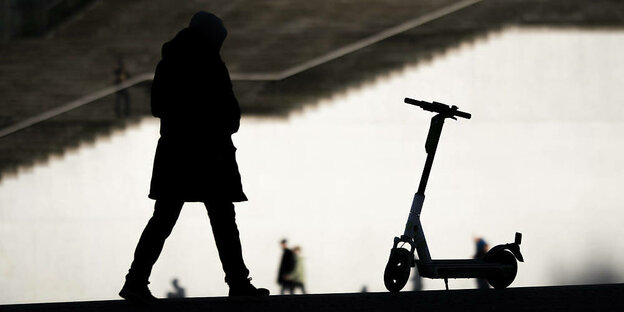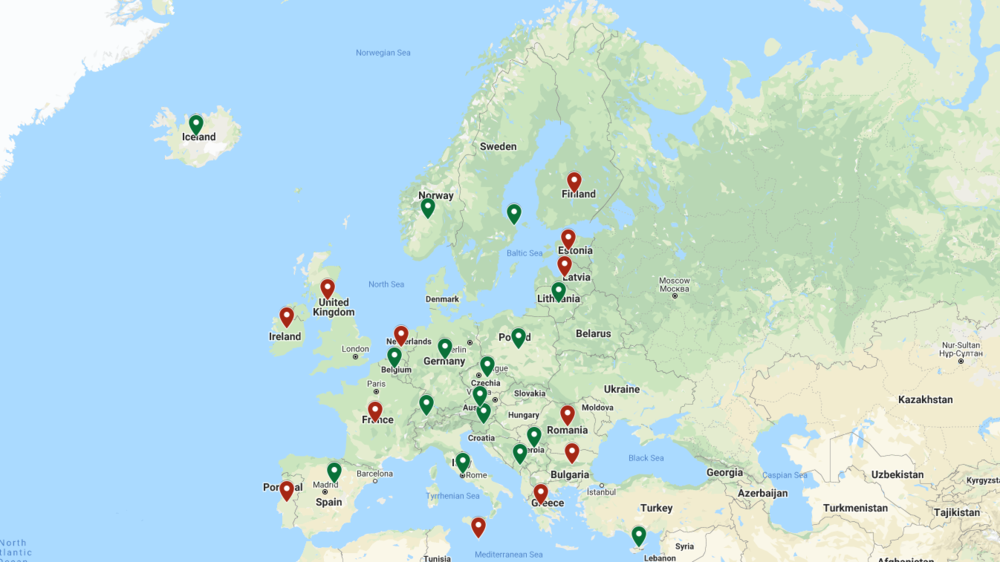December 2020 the New Normal artistic research book has been co-published by Strelka Press and Park Books. The New Normal publication encompasses the breadth, diversity, and intensity of activity that has taken place throughout the three-year project. From 2017–2019, The New Normal think-tank at Strelka Institute investigated the impact of planetary-scale computation on the future of cities in Russia, and globally.
The work was conducted by ninety interdisciplinary researchers from thirty different countries and over forty faculty members, drawn not only from the field of architecture but also from the areas of computer science, philosophy, art, cinema, economics, and more. Projects ranged from short-form cinema and software design to proposals for new political systems and economic models. At stake for the work is not only what the urban future looks like, but also how it works; how it circulates ideas, value, and power. The twenty-two interlinked projects which were developed show how speculative urban design can move upstream in the decision-making processes.
Coined by Carl Schmitt and expanded by Giorgio Agamben, a “state of exception”—the exhibition’s Chinese title—refers to a political situation in which the normal laws and regulations of a society are abruptly suspended, replaced by temporary conditions that in turn become a new status quo. States of exception have been imposed at moments of crisis throughout modern history. Crisis today is constant, as ideals of freedom, equality, and openness, once held by some as universal values, give way to mass shootings, aborted ceasefires, violated norms, and tainted elections. In 2015, the Chinese leadership introduced “the new normal,” a way of talking about economic growth rates that, while lower than during the exuberant years of the early 2000s, continue to trump those of most other major economies. China’s assertively capitalist, internationalist response to these increasingly acute dynamics—recently typified by President Xi Jinping’s address to the World Economic Forum in Davos—might also be considered a “state of exception,” one that runs parallel to the new patterns of globalization that inform artistic cosmopolitanism today.


